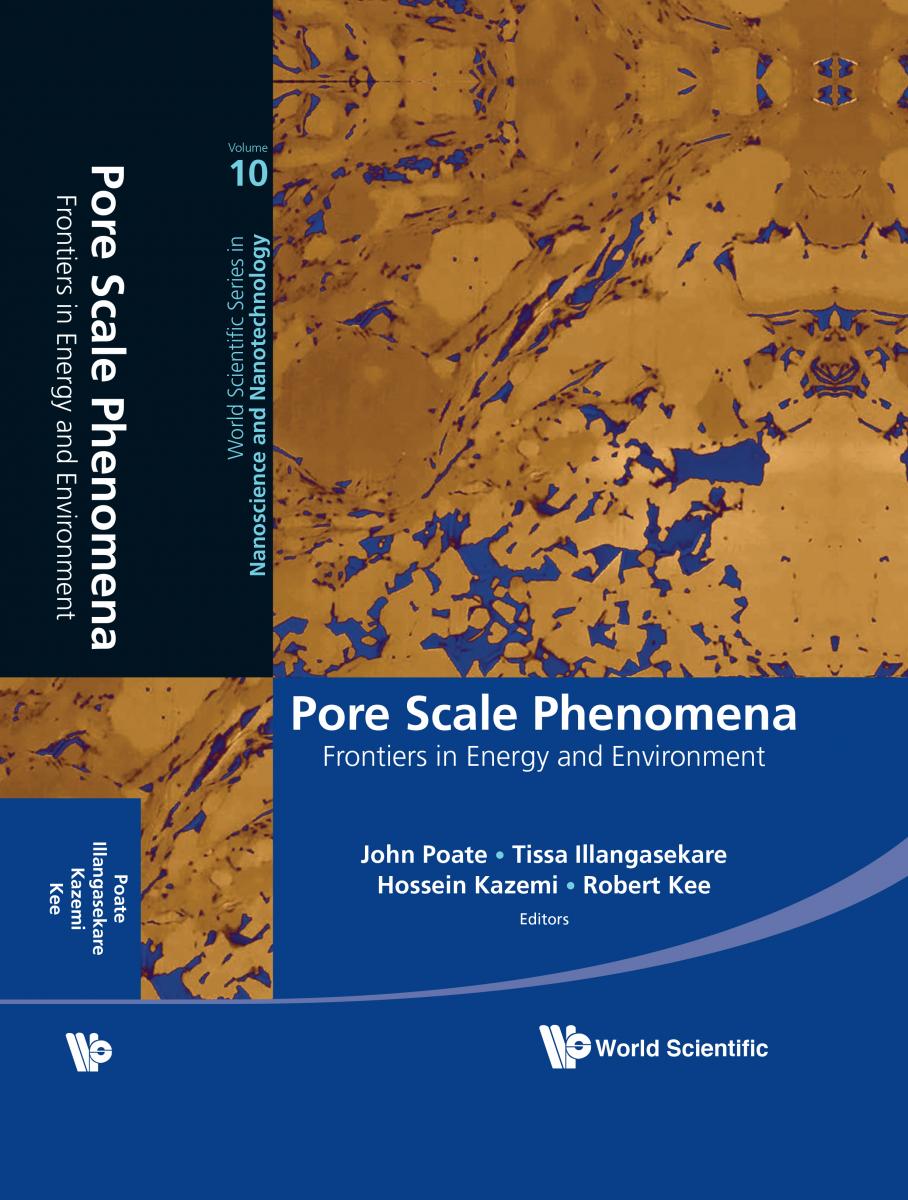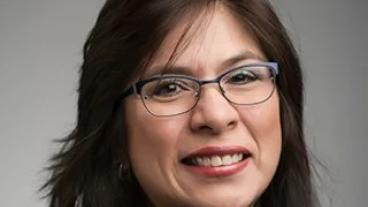 GOLDEN, Colo., May 27, 2015 – “Pore Scale Phenomena: Frontiers in Energy and Environment,” a book edited by Colorado School of Mines faculty devoted to understanding the physical and chemical properties of pore scale phenomena, has recently been published by World Scientific.
GOLDEN, Colo., May 27, 2015 – “Pore Scale Phenomena: Frontiers in Energy and Environment,” a book edited by Colorado School of Mines faculty devoted to understanding the physical and chemical properties of pore scale phenomena, has recently been published by World Scientific.
The publisher notes, “the book provides, for the first time, a comprehensive overview of the fascinating interrelationship between engineering and science.”
Edited by Emeritus Vice President for Research John Poate, Civil and Environmental Engineering Professor Tissa Illangasekare, Petroleum Engineering Professor Hossein Kazemi, and Mechanical Engineering Professor Robert Kee with assistance from Assistant Professor of Petroleum Engineering Luis Zerpa, the volume is one of the first multidisciplinary books published on the subject. It covers the relationship between oil and gas reservoirs; hydrogeology; and materials science, energy, devices and biology.
In his overview, Poate notes, “The properties of these phenomena range across length scales from the atomic to the geographic and have large economic and societal implications. The genesis of this endeavor rose through a series of meetings at the Colorado School of Mines where we realized that the school had a critical mass of faculty addressing key pore scale research issues … Mines has a proud record in applied research and engineering from its founding days and its impact on the mining industry in the U.S. and the world.”
Illangasekare, who holds the AMAX Distinguished Chair and is president-elect of the International Society of Porous Media (InterPore), past editor of Water Resources Research, past co-editor of Vadose Zone Journal and the 2012 chair of the Gordon Research Conference on Flow and Transport in Permeable Media, said the diverse research team hopes the book will be a catalyst for ideas to come.
“It is our hope this book will help lead to new discoveries in both porous media sciences and their applications,” Illangasekare said. “This book is an attempt to illustrate some of the commonalities in the fundamentals of various porous media phenomena across disciplines to develop new insights in cross-disciplinary approaches to address some of the emerging and challenging problems in energy development, water sustainability, human health, materials and the protection of the environment.”
Kazemi, who holds the Chesebro’ Distingusihed Chair in Petroleum Engineering and who co-directs the Marathon Center of Excellence for Reservoir Studies, said his work on this project helped him understand that pores are abundant in the common materials that encompass our lives.
“My involvement also sharpened my view of pore-scale flow and mass transport, and the realization that much of the research work conducted in other disciplines could be of great benefit to the research on subsurface flow. The book also introduced me to many wonderful scientists and engineers,” Kazemi said.
Recognizing and learning about synergies between leading research in geosciences and electrochemical energy-conversion technology was particularly interesting to Kee, who holds the George R. Brown Distinguished Chair in Mechanical Engineering.
“Direct collaborations between researchers in the earth sciences and those in advanced energy technologies is relatively uncommon. However, it turns out that we develop and apply similar theories and approaches to understand transport and chemistry in porous rock structures as we do to represent transport and chemistry in fuel-cell and battery electrodes. Hopefully, this book will help to facilitate fruitful interactions and cross-fertilizations between heretofore diverse communities, both on campus and in broader scientific realms,” said Kee.
For Zerpa, who was involved in the technical edition, layout design and typesetting of the book with help from graduate students Jeff Brown and Giovanny Grasso, the book project was a valuable collaborative experience.
“During my first year at Mines I was asked by Dr. Kazemi to write a chapter for the book about natural gas hydrates occurrence in nature – basically covering the formation and dissociation of hydrates in porous media from experimental and modeling perspectives. I wrote this chapter in collaboration with Chemical and Biological Engineering Professor Carolyn Koh, director of the Center for Hydrate Research. My chapter is a sample of the cross-collaboration between colleges and departments that happens at Mines on a daily basis,” Zerpa said.
Contact:
Karen Gilbert, Director of Public Relations, Colorado School of Mines | 303-273-3541 | kgilbert@mines.edu
Kathleen Morton, Communications Coordinator, Colorado School of Mines | 303-273-3088 | kmorton@mines.edu



